Australia So Much to See


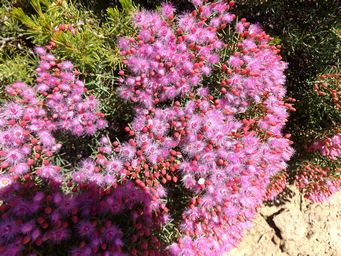
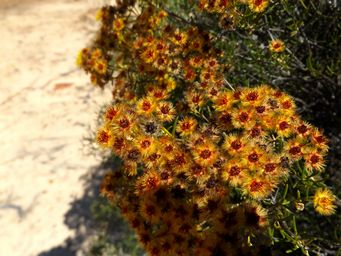
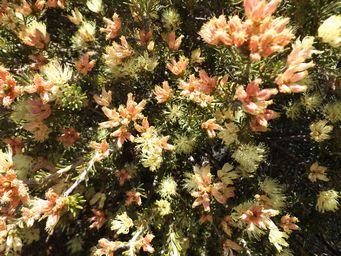
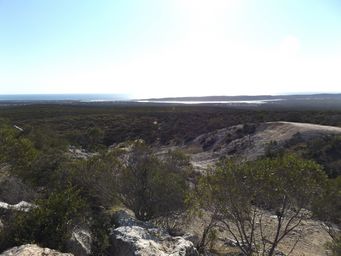
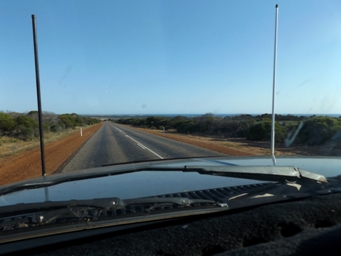
As you approach the town of Kalbarri, take the drive to Meanarrra Hill Lookout. This gives views across the town, the ocean,
and the Murchison River inlet.
Kalbarri is a fast growing modern town with several caravan parks, cottages and other accommodation. Fishing spots are the sandbar at the inlet, or the beaches along the coast. Boats run the tide to exit and enter moorings in the inlet. There are surfing beaches along the coast between the inlet and Red Bluff.
Heading south towards Red Bluff, the Rainbow Jungle Bird Park features many colourful parrots as the walkways take you through the aviaries.
From Red Bluff, there are numerous coastal cliff features such as Mushroom Rock, Rainbow Valley, Pot Alley, Eagle Gorge, Shellhouse Grandstand, Island Rock and Natural Bridge. Some are wheelchair accessible, and walk trails interlink most of these rugged coastal features.
Continuing south, the road following the coastline is sealed all the way to Port Gregory.
Was Wittecarra Creek, near Red Bluff Kalbarri, the site where the first Europeans to take up residence in Australia were put ashore, 159 years before the First Fleet? Mutiny, murder and marooning; this colourful incident from our early history is outlined by Rupert Gerritsen in his paper The Mutineers Marooned in 1629 – Hutt River or Wittecarra Gully? While on examination the two mutineers could have been abandoned at either site, Wittecarra Creek is usually claimed as the spot.
In 1629 the Dutch East India trading vessel Batavia was wrecked on the Abrolhos Islands, southwest of Kalbarri. Following the wreck a small group of mutineers massacred 125 of the surviving men, women and children. Whilst most of the ringleaders were executed, two of the conspirators, Wouter Loos and Jan Pelgromm, were landed on the Kalbarri mainland, near the mouth of Wittecarra Creek. Their ultimate fate is unknown. - See more at Parks DPaW.
A monument in the form of a rock with a plaque at the mouth of Wittecarra Creek commemorates this early history of the Kalbarri area. This is four kilometres south of the mouth of the Murchison River, where the town of Kalbarri is located.
Did the pair survive? There were reports of blues eyed Aborigines supporting the idea that they integrated into Aboriginal society. There may even be a link with the sailing boat painted at Walga Rock near Cue; see this painting photographed here. One theory is that the ship portrayed is either the Batavia or the Zuytdorp which was wrecked to the north of Kalbarri in 1712. Survivors from the Zuytdorp are believed to have lived in the Shark Bay area, with help from Aborigines. Other ships were subsequently wrecked along this coastline and an unknown number of survivors made it to shore. Another theory is that the ship portrayed is the SS Xantho which sunk near Port Gregory in 1872, and one of the Malay crew, and artist named Sammy, visited Walga Rock and may well have painted this ship.
Kalbarri - wildflowers and a neat town on the coast